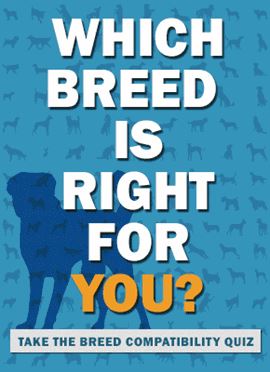
Learning Theory Basics: Operant and Classical Conditioning
While many have tried their hand at dog training and achieved great success, there are plenty of others who never had quite the same luck teaching their dogs new tricks. It may be easy to chalk up training troubles to an uncooperative canine, but often the biggest roadblock standing in the way of successful training is a trainer who takes the wrong approach to teaching a dog new behaviors.
Understanding how animals learn is an essential part of understanding their behavior. We tend to think of learning as teaching a specific command, such as sit, down, and come. But learning is actually a continuous development, and dogs will learn from experiences all throughout their lives.
Learning theory is a concept that explains how information is retained during the learning process. In animal training, it incorporates several learning types to strengthen or diminish behaviors using associations and consequences.
Operant conditioning and classical conditioning are two of the most popular learning types used in the process of animal training, and for good reason: they are tried and true methods for changing the behavior of animals.
Operant Conditioning
Operant conditioning is a cause-and-effect type of training in which the animal learns that if he performs a certain action, a certain consequence will occur, be it good or bad.
One thing that we know from operant conditioning is that consequences drive behavior and learning. When used appropriately and consistently, operant conditioning will cause specific behaviors to either increase or decrease depending on whether they result in a desirable or undesirable consequence for the dog.
When a dog learns a new behavior through operant conditioning, the behavior is put “on cue,” meaning that it is associated with an antecedent. An antecedent is something that happens just before the behavior that prompts the behavior to occur.
An example of operant conditioning can be found in an extremely common, unintentionally trained behavior—when a new owner trains a puppy to never come when called.
Puppies have accidents in the house because they lack the ability to completely control bodily functions and urges until adulthood. Often, an inexperienced owner will see the accident after the fact, call the puppy to come, and then scold him after he comes. The puppy will quickly form an association between what is happening immediately (antecedent), the punishment and the behavior that happened closest to the punishment. In this case, the puppy will associate the act of coming when called with punishment, since it was the behavior he performed just before being scolded.
Classical Conditioning
Through classical conditioning, an animal learns to associate a novel stimulus with a response, such as food and salivating, or rewards with clicks from a clicker device.
This form of conditioning is also referred to as Pavlovian conditioning, since Ivan Pavlov was the first to recognize the association of responses in animals to external stimuli.
Pavlov noticed that the dogs in his saliva study began to anticipate food as soon as they heard him enter the food preparation room, and in their anticipation, the dogs salivated well before any food was presented to them. He decided to test this response by ringing a bell before he fed them.
Sure enough, the dogs began to salivate shortly after hearing the bell.
The bell became an indicator, or the marker, of a reward. By the same principle, when a dog undergoes clicker training, he learns to associate reward with the sound of the clicker in the same way that Pavlov’s dogs learned to associate the bell with food. When a dog that has undergone clicker training hears the click, he understands that his food reward is on the way.
Practical Use
Classical conditioning and operant conditioning are often used in tandem during animal training.
Trainers use classical conditioning to condition dogs to associate a stimulus (the sound of the clicker) with a consequence (often a favorite food reward). Once the dog connects the click with the food reward, a positive association is made. The clicker sound is neither an antecedent nor a cue, but instead it acts to bridge the gap between the sound of the clicker and the reward, helping the dog to quickly understand that when he hears that particular sound, he knows food is coming.
Once the dog gains this understanding, the trainer can then transition from classical to operant conditioning for teaching or diminishing certain behaviors.
The trainer will then use the clicker in conjunction with the reward to build new behaviors. Each time the dog offers a correct behavior that the trainer is trying to build, the trainer will use the clicker device and reward the dog. For example, if the trainer is teaching the dog to sit, he will click and reward each time the dog sits politely with his bottom on the ground. Likewise, if the trainer is trying to diminish an unwanted behavior, such as jumping up on people, he will reward a more acceptable behavior in place of the undesired behavior, such as sitting politely for interaction, as opposed to jumping up for attention.












